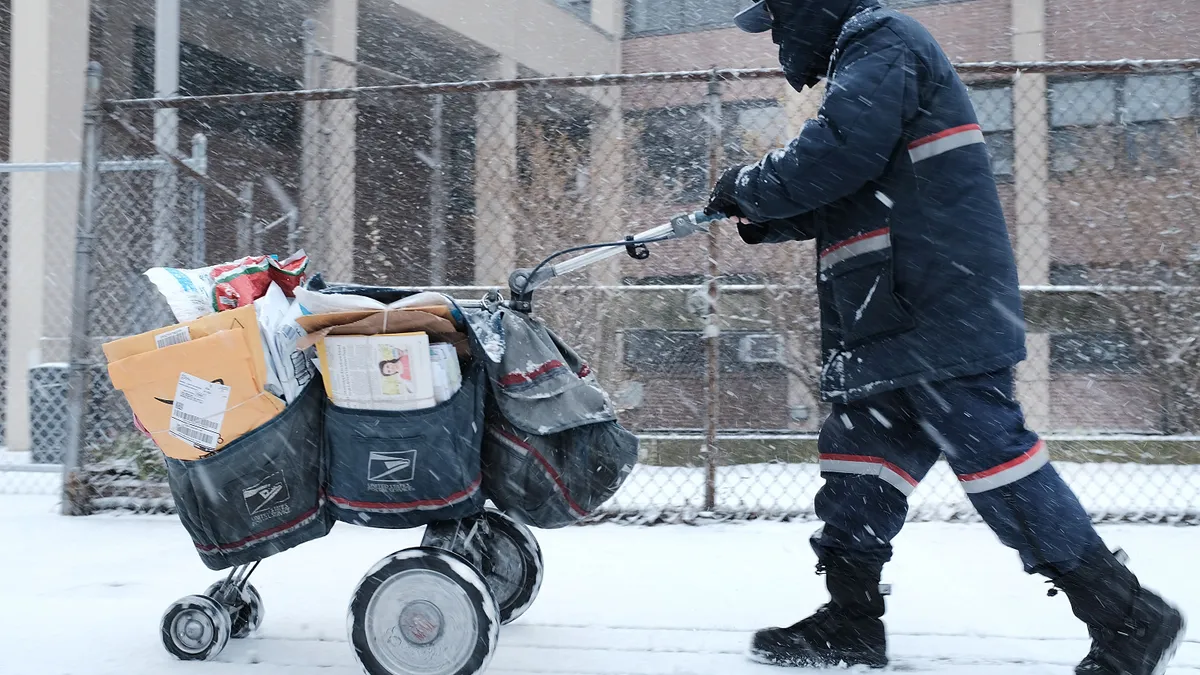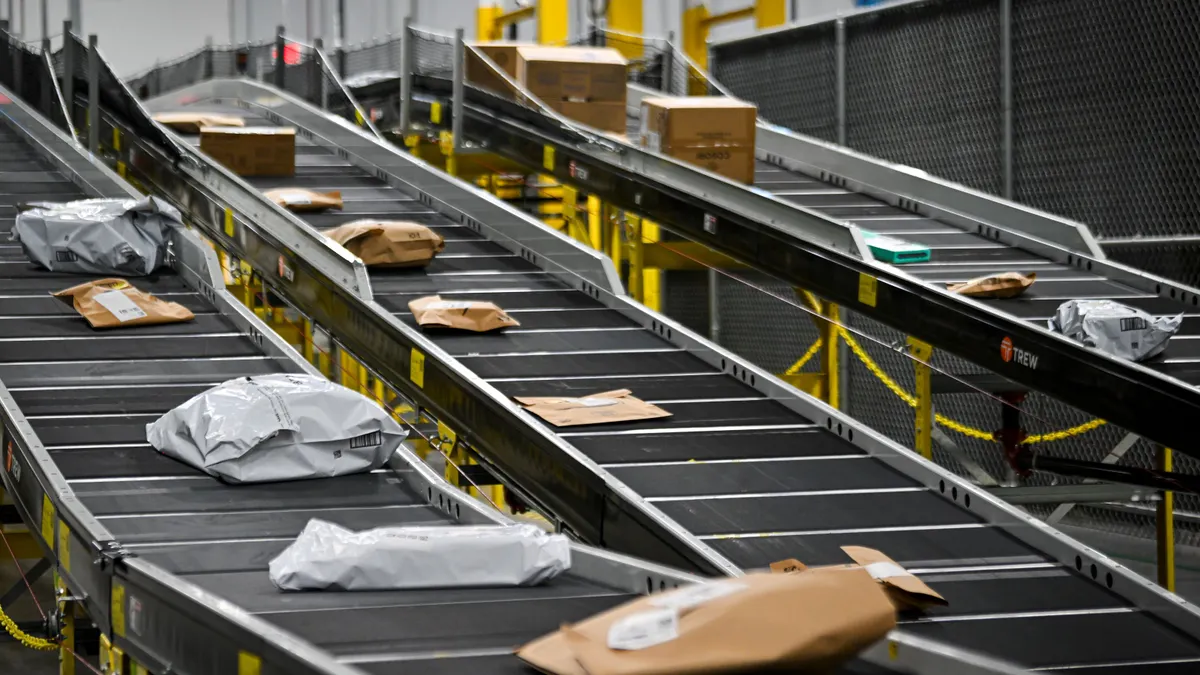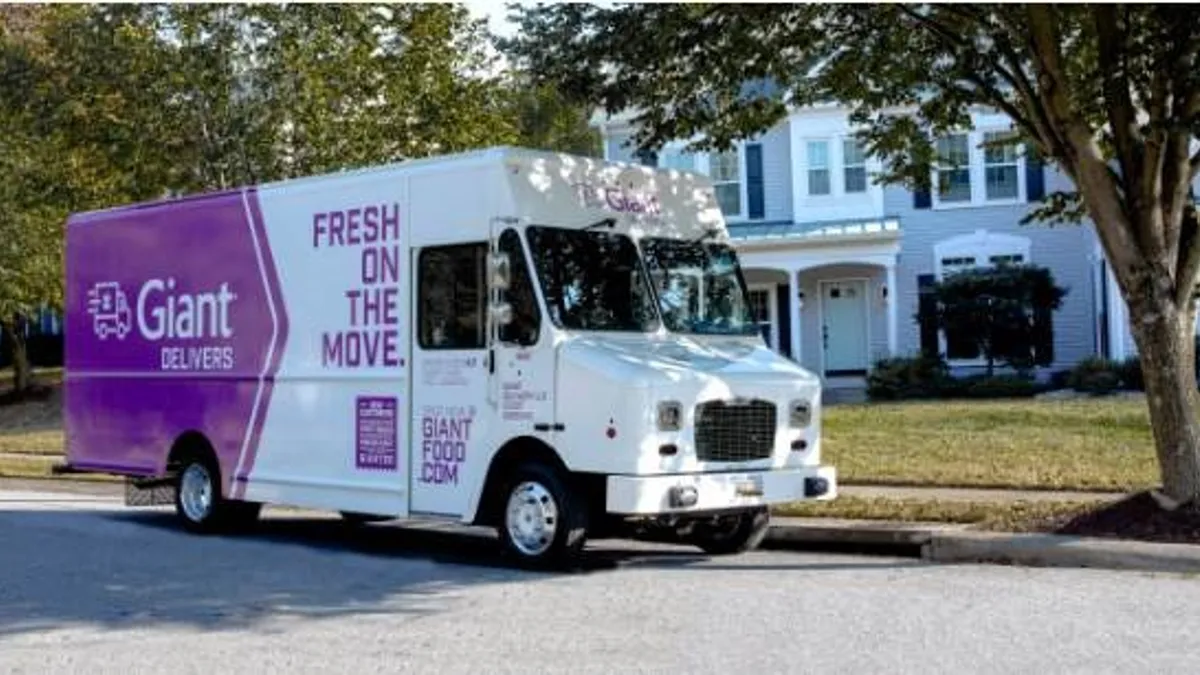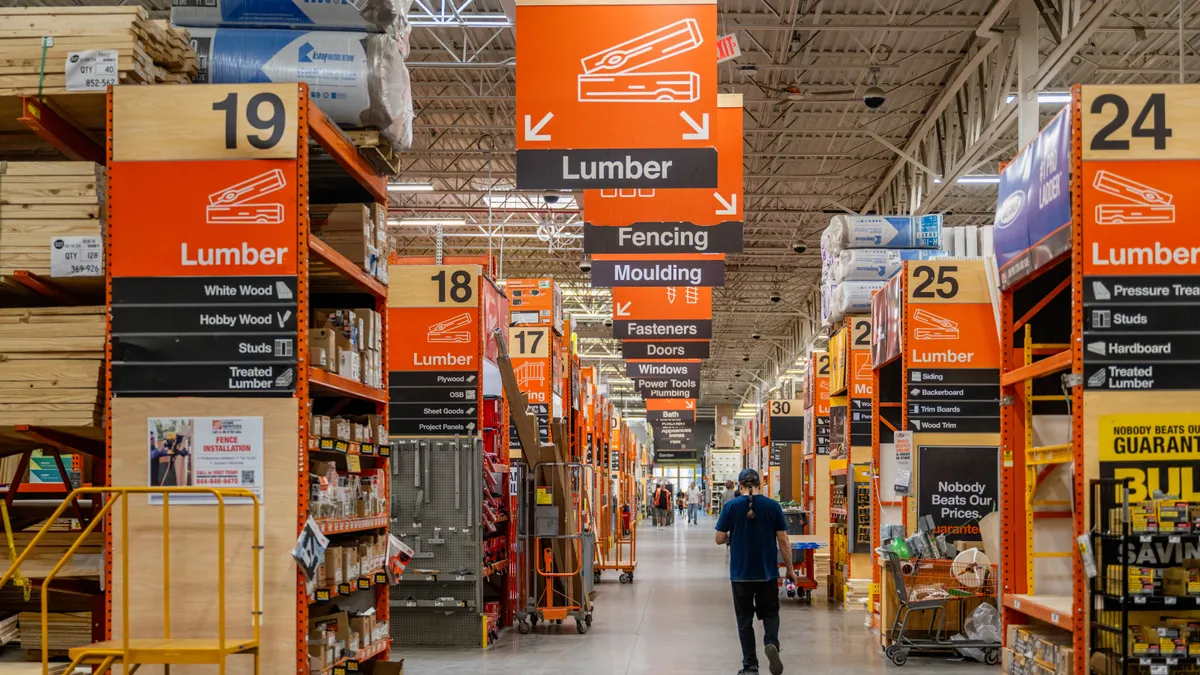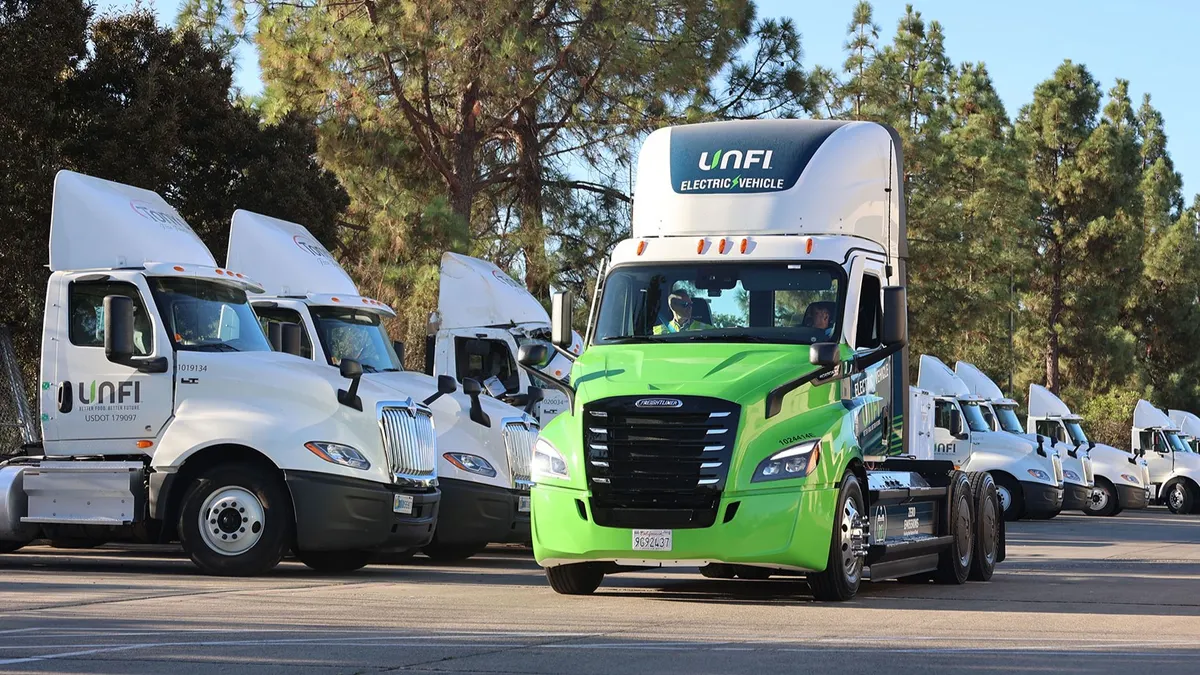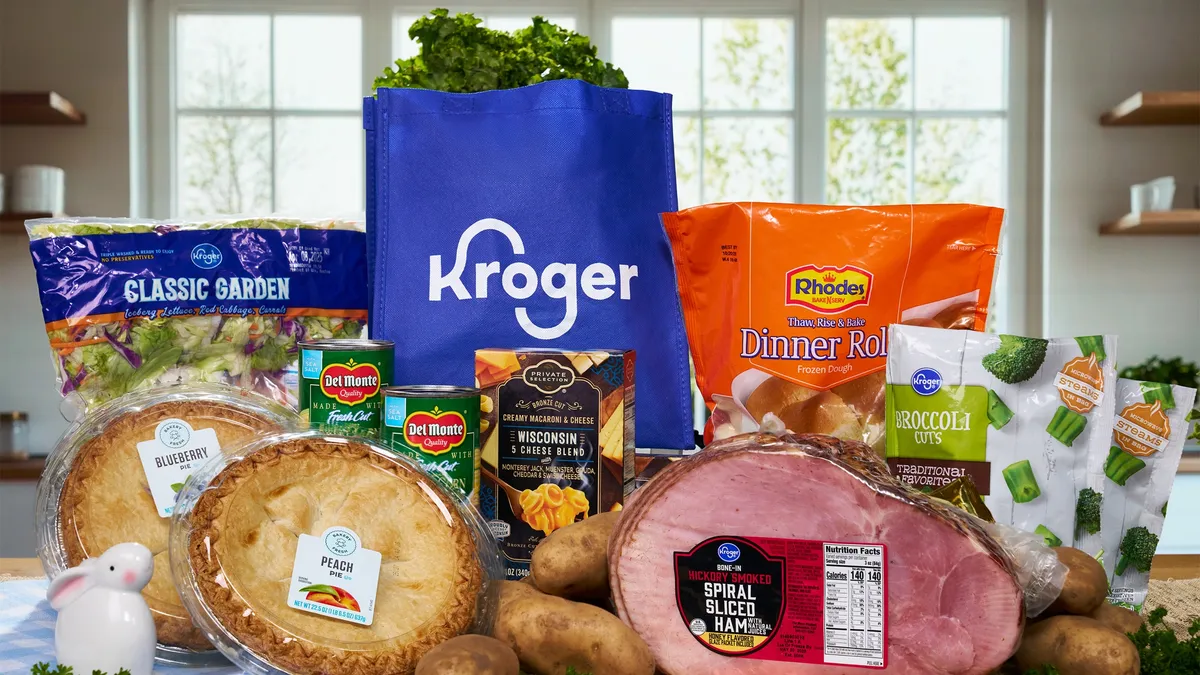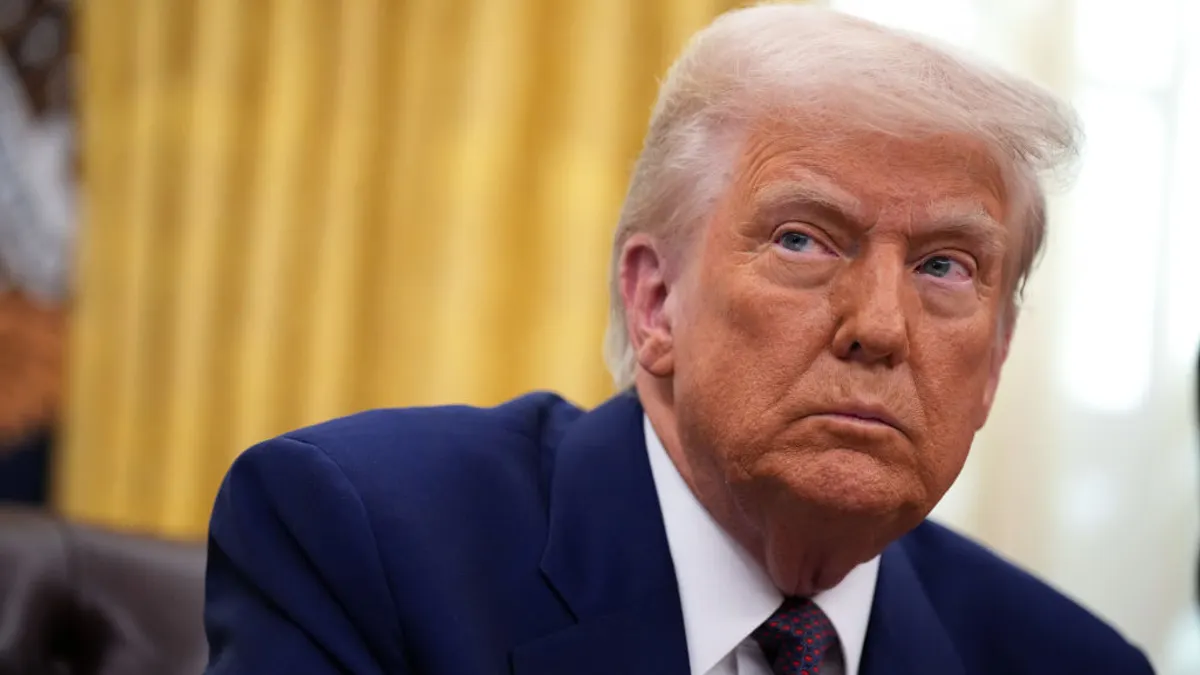Supreme Court justices who will decide the legality of President Donald Trump's unlimited use of tariffs under a self-declared national emergency questioned both sides of a historic case in a hearing on Wednesday.
During over two and a half hours of oral arguments, the nine-member panel focused on the scope of presidential power, the meaning of statutory language and the constitutional limits on imposing levies.
Questioning from the justices suggested skepticism toward the Trump administration's claim that the 1977 International Emergency Economic Powers Act allows the president to impose unrestricted tariffs after declaring a national emergency.
The plaintiffs in the two consolidated cases before the court, Learning Resources Inc. et al v. Trump and V.O.S. Selections Inc. et al v. Trump, represent a dozen states and seven small businesses that claim severe financial harm if the high court upholds what Trump calls "reciprocal tariffs."
The Supreme Court hearing marks a consequential case for Trump's trade policy. A ruling against him could force the administration to issue billions of dollars in tariff refunds to U.S. importers and leave open the question of whether trade deals based on the IEEPA tariffs are legitimate.
During oral arguments, the government and plaintiff lawyers tried to sway at least five of the nine justices to their side for a winning majority. Two previous federal courts have ruled against the use of IEEPA to impose the duties, but the White House appealed to the Supreme Court in September.
Skepticism from the bench
Observers believed some conservative justices, seen as possible swing votes, appeared skeptical of the government's interpretation of IEEPA, which plaintiff lawyers argued bypassed Congress' constitutional authority to set tariffs.
"While no clear outcome emerged, the line of questioning aligned more with the challengers’ position,” Josh Zive, senior principal in the policy resolution group at the law firm Bracewell, said in an email, noting that no major new hurdles appeared and Chief Justice John G. Roberts, Justice Amy Coney Barrett and Justice Neil M. Gorsuch leaned favorably for the plaintiffs.
U.S. Solicitor General D. John Sauer, arguing on behalf of the Trump administration, said Congress granted the president broad authority under the IEEPA to address international emergencies through what he called regulatory tariffs rather than revenue-raising levies. Trump has declared national emergencies based on the U.S.’ trade deficits with many countries as well as fentanyl trafficking.
Justice Gorsuch zeroed in on Sauer's argument that Congress could hand to the president powers outlined in Article 1 of the Constitution, which established the legislative branch.
"What would prohibit Congress from just abdicating all responsibility to regulate foreign commerce, for that matter, declare war to the president," Gorsuch said. He added later that if "Congress decides tomorrow, well, we're tired of this legislating business. We're just going to hand it all off to the president. What would stop Congress from doing that?"
Sauer said Congress couldn’t do that because “that would really be an abdication, not a delegation.”
Roberts focused on IEEPA as a tariff authority, pointing out that the government's use of the act to impose broad levies is unique.
"You have a claimed source in IEEPA that had never before been used to justify tariffs," Roberts said. "No one has argued that it does until this particular case. Congress uses tariffs in other provisions but not here."
What's in a word?
Barrett questioned whether the government's interpretation of two words in the IEEPA — regulate and importation — to impose levies went too far.
"Can you point to any other place in the Code or any other time in history where that phrase together, ‘regulate ... importation,’ has been used to confer tariff-imposing authority?" Barrett asked.
Sauer argued that a similar action taken by former President Richard Nixon using the Trading With the Enemy Act, a precursor to IEEPA, was upheld by the U.S. Court of Customs and Patent Appeals.
Greg Husisian, a trade attorney and partner at law firm Foley & Lardner, said Barrett did not appear to be alone in her skepticism that "regulate" within IEEPA meant levying tariffs.
"[Multiple Justices] seemed skeptical regarding the argument that 'regulating imports' can mean 'imposing tariffs,’” Husisian said in an email, noting that the government “had no good response” to Justice Barrett’s question about whether there was any other statute that uses ‘regulate’ to refer to tariff authority.
Indeed, Justice Elena Kagan further pressed Sauer on the imprecise language of IEEPA to support the Trump administration’s authority to impose broad-based tariffs.
"If you look at the flip side of this and you look at all the tariff statutes that Congress has passed, I mean, they use language about revenue-raising, tariffs and duties and taxes, all the language that does not appear in the statute you rely on," Kagan told Sauer.
Meanwhile, Justice Brett M. Kavanaugh questioned Oregon Solicitor General Benjamin Gutman, who represented the states in the combined case, on whether interpreting IEEPA to give the president the power to use embargoes or quotas to regulate imports but not tariffs created an “odd doughnut hole” in the statute.
“That doesn’t seem — but I want to get your answer — to have a lot of common sense behind it,” Kavanaugh said.
“I think it absolutely does [make sense] because it’s a fundamentally different power. It’s not a doughnut hole; it’s a different kind of pastry,” Gutman said, generating laughter in the court.
Gutman argued that Congress intentionally excluded tariffs because they are taxes and therefore different from other forms of regulation.
The Supreme Court did not issue a ruling after Wednesday’s hearing, nor set a timeline for when it would return one.





